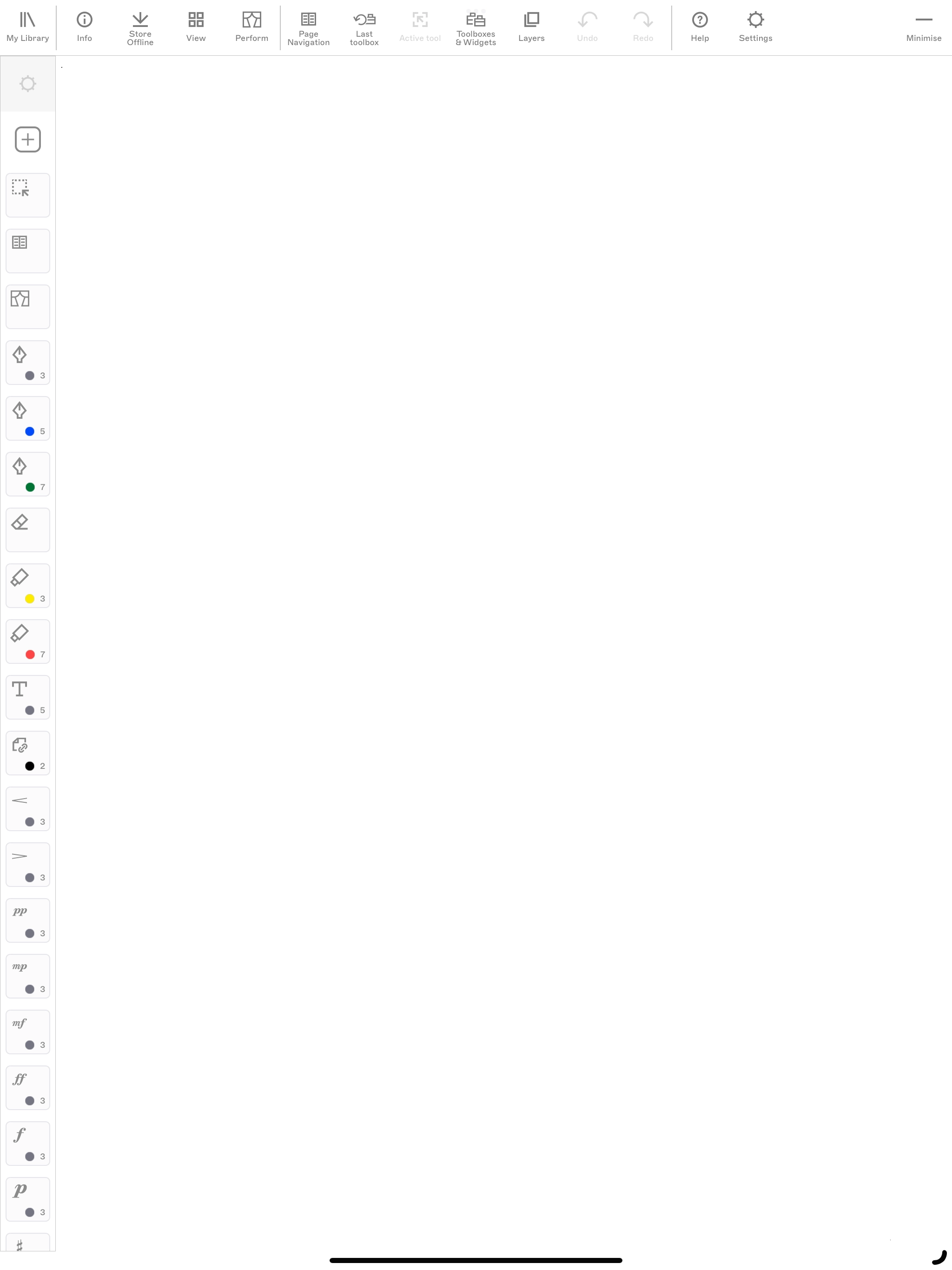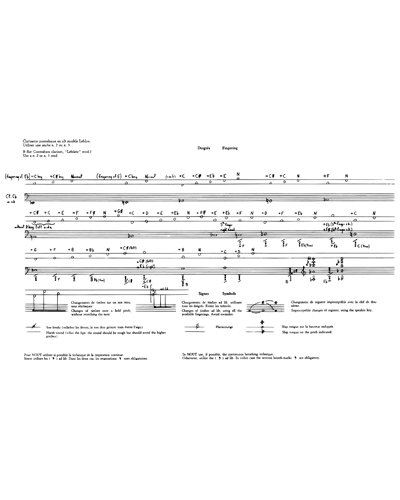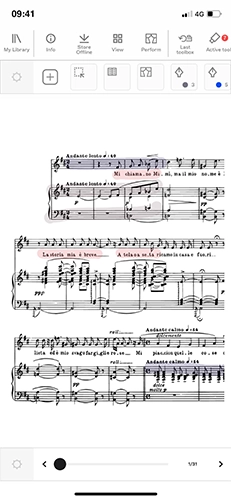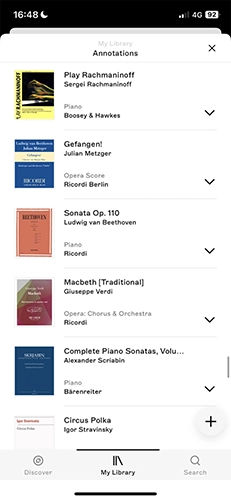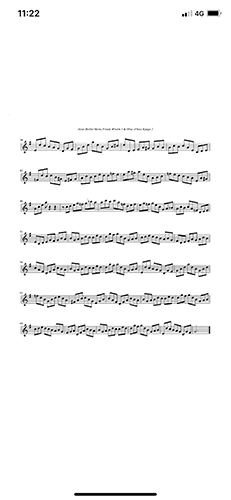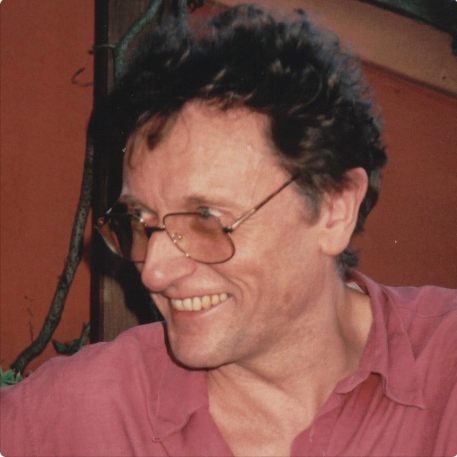
Gérard Grisey
43 pieces at nkodankoda sheet music library
over 100k editions from $14.99/month
Hassle-free. Cancel anytime.
available on
nkoda digital sheet music subscription
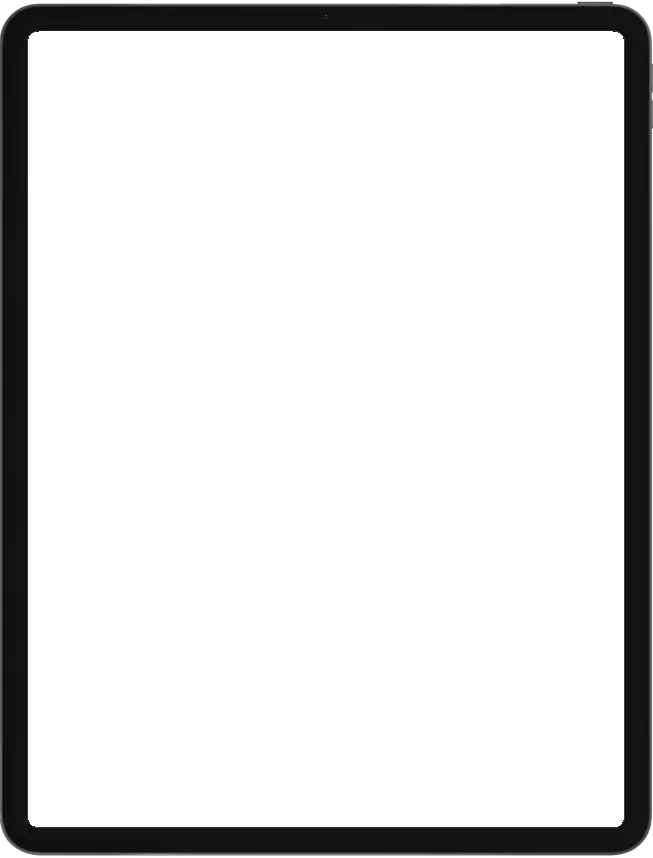

Editions
Annotate
Library
Perform
100k+ available Editions
More about Gérard Grisey
Gérard Henri Grisey was a French composer of contemporary classical music, associated with the Spectralist Movement as a pioneer. He studied under renowned figures such as Olivier Messiaen and Henri Dutilleux, and founded the ensemble L'Itinéraire with other composers. Grisey's work investigated the spectrum of tone colour and musical time, influencing the development of modern music. He remained active in academia, teaching at illustrious institutions until his untimely death.

Gérard Grisey sheets music on nkoda
Edition/Parts
Composer/Artist
Part
Source
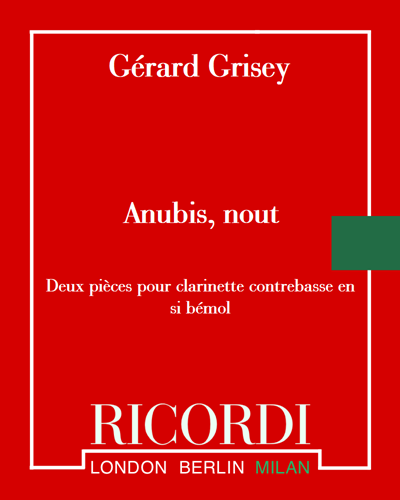
Anubis, Nout
Gérard Grisey
Contrabass Clarinet in Bb
Ricordi
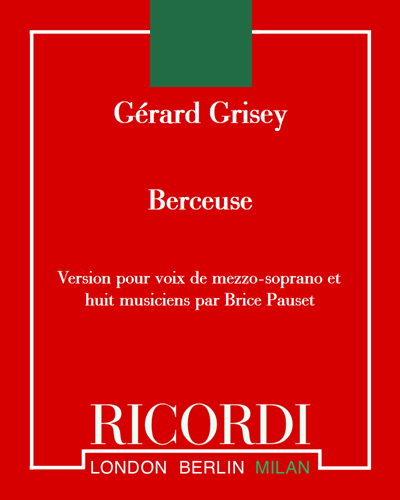
Berceuse
Gérard Grisey
Full Score
Ricordi
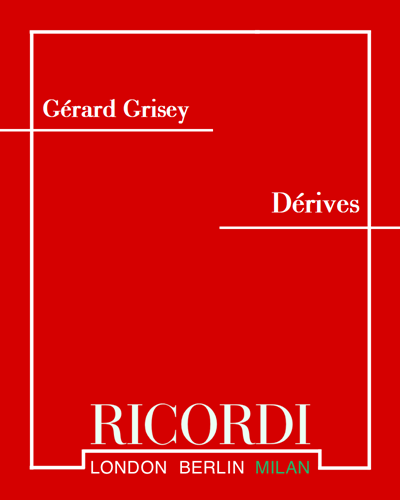
Dérives
Gérard Grisey
Full Score
Ricordi
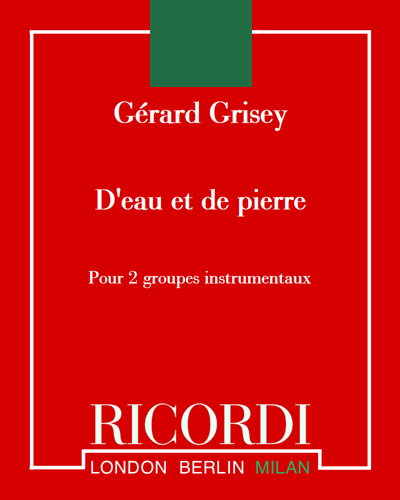
D'eau et de pierre
Gérard Grisey
Full Score
Ricordi
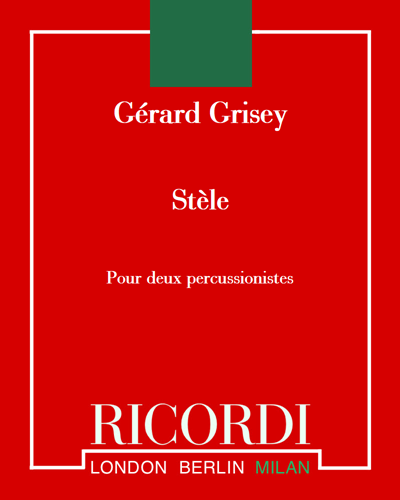
Stèle
Gérard Grisey
Percussion 1 & Percussion 2
Ricordi
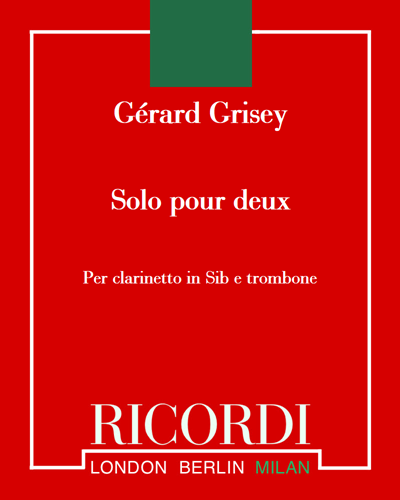
Solo pour deux
Gérard Grisey
Clarinet in Bb & Trombone
Ricordi
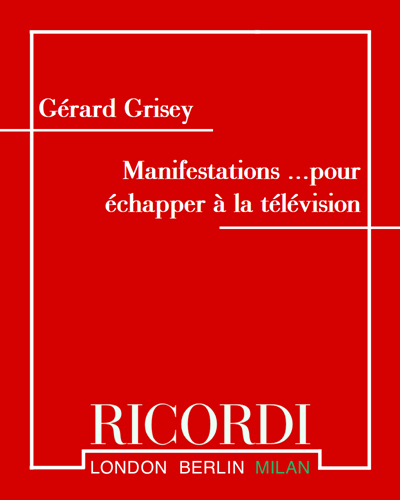
Manifestations ...pour échapper à la télévision
Gérard Grisey
Full Score
Ricordi
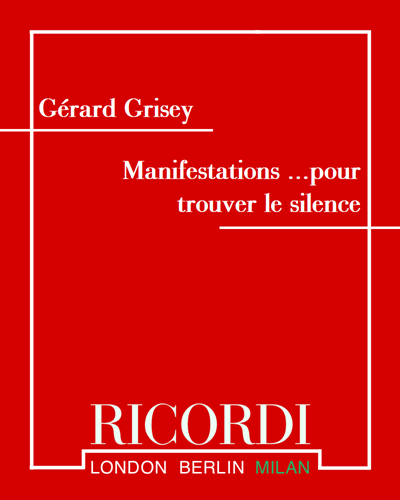
Manifestations ...pour trouver le silence
Gérard Grisey
Full Score
Ricordi
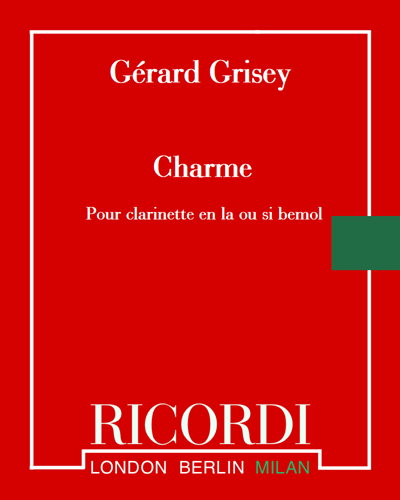
Charme
Gérard Grisey
Clarinet
Ricordi
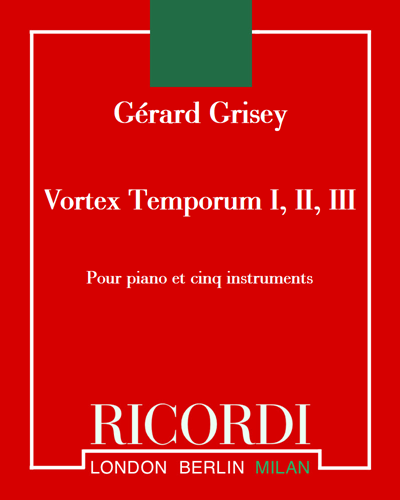
Vortex Temporum I, II, III
Gérard Grisey
Ensemble
Ricordi
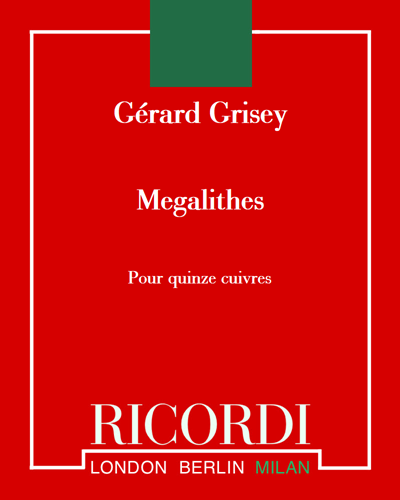
Megalithes
Gérard Grisey
Brass Ensemble/Band
Ricordi
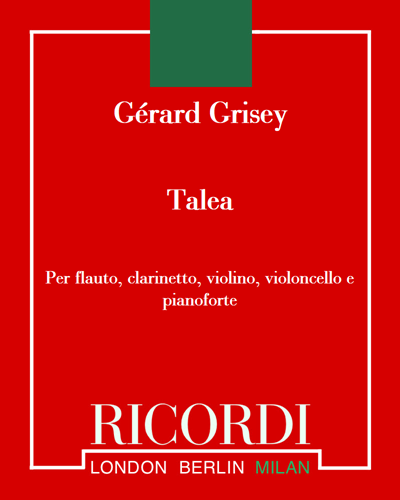
Talea
Gérard Grisey
Ensemble
Ricordi
INSTITUTIONAL PARTNERS
PUBLISHERS PARTNERS
TESTIMONIALS

